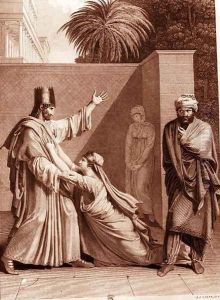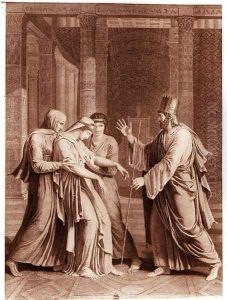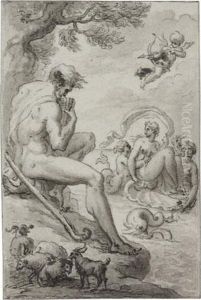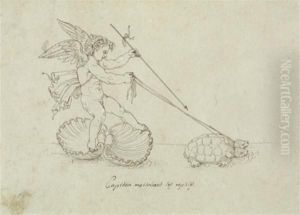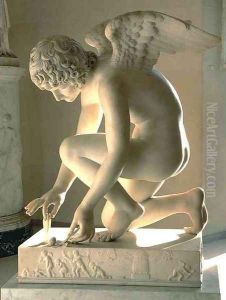Antoine Denis Chaudet Paintings
Antoine Denis Chaudet was a French sculptor born on March 3, 1763, in Paris, France. He was part of the neoclassical movement that was prevalent in Europe, particularly in France, during the late 18th and early 19th centuries. Chaudet's work typically reflected the influence of classical antiquity, which was characteristic of the neoclassical style, emphasizing harmony, clarity, and strong geometric forms.
Chaudet's education in the arts began at the Royal Academy of Painting and Sculpture in Paris, where he studied under renowned sculptors like Jean-Baptiste Stouf. His talent was recognized early on when he won the prestigious Prix de Rome in 1784, which allowed him to study at the French Academy in Rome. His time in Italy had a significant impact on his artistic development, as he was exposed to the masterpieces of ancient Roman sculpture as well as the works of the Italian Renaissance.
Upon returning to France, Chaudet quickly established himself as a prominent sculptor. He gained favor with the French government and completed several important commissions. Notably, he created a statue of Napoleon Bonaparte, which contributed to the construction of the leader's public image. Chaudet's sculptures often featured figures from mythology and history, rendered with a sense of ideal beauty and proportion.
During the French Revolution and the subsequent Napoleonic era, Chaudet managed to navigate the shifting political landscapes, receiving commissions from various regimes. His works from this period reflect the changing ideals and tastes, as he adapted his style to suit the propaganda needs of the government.
Chaudet's career was cut short when he died unexpectedly on April 18, 1810, in Paris. Despite his relatively short life, he left behind a legacy of work that captured the spirit of his time and influenced the course of French sculpture. His pieces can still be seen in museums and public spaces, testament to the enduring appeal of his classical approach to sculpture.
